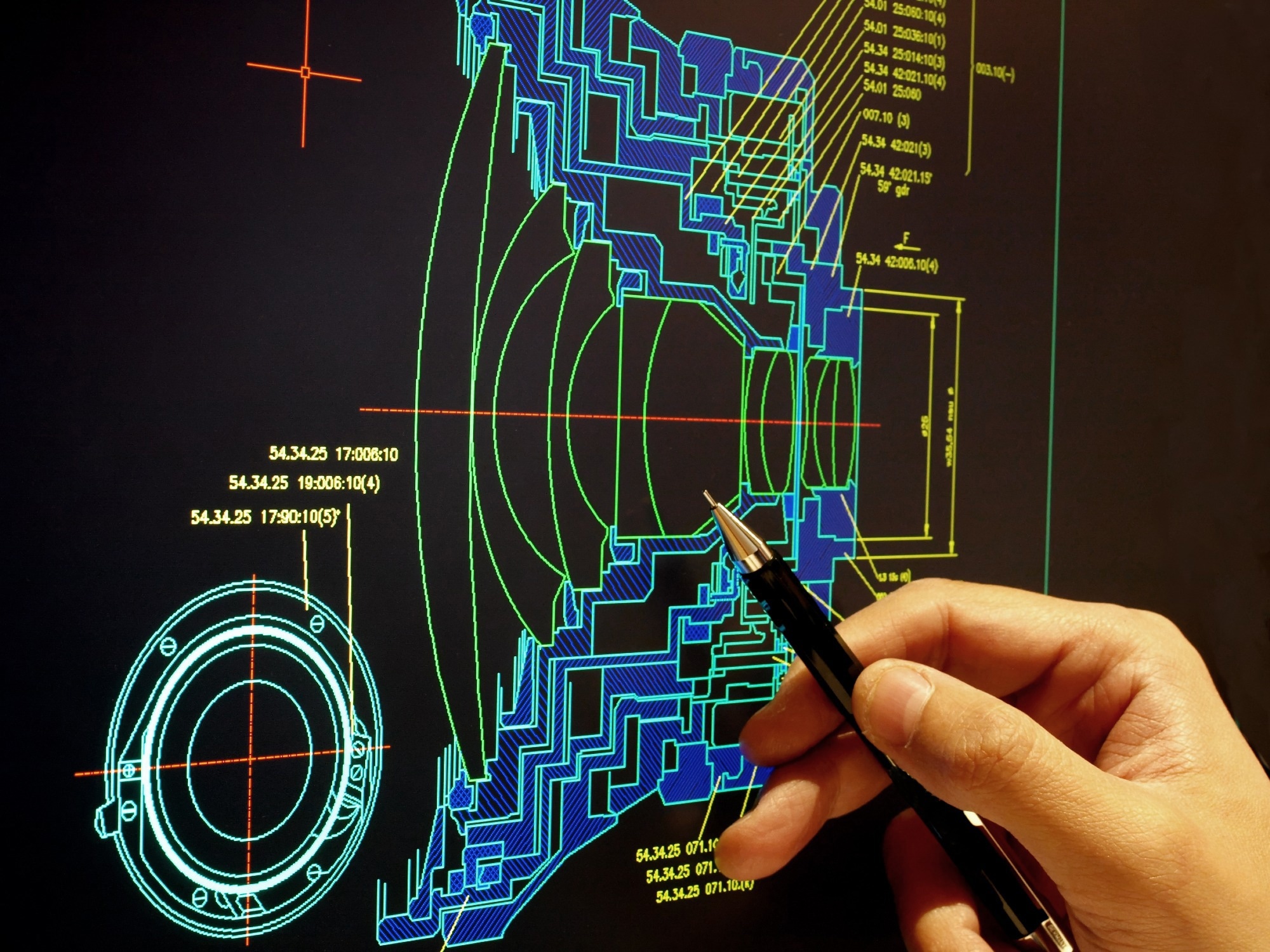Optimizing optical system design is a complex problem requiring careful consideration of many key factors. To achieve production success and deliver high-quality systems, engineers must address factors including material choice, manufacturability, testing, and structural integration.
This article presents a restructured approach to understanding and implementing effective optical design optimization.

Image Credit: Fernando Blanco Calzada/Shutterstock.com
Key Factors
Manufacturability: It is critical to ensure that a design can be manufactured reliably and efficiently. Focus on high-yield designs by carefully examining component tolerances and selecting parts that are easy to process. This approach reduces potential production issues and improves overall system efficiency.
Material Choice: Appropriate material selection can significantly influence the success of an optical system. Materials that are both cost-effective and have short processing times, tailored to the specific application, are preferable. The correct choice of materials eases production and reduces associated costs.
Testing and Assembly: Incorporate design elements that allow for active adjustments and seamless integration with the mechanical framework. A design that enables easy testing and adjustments will streamline production and ensure the system performs as intended.
Optical Design Software
Optical design has advanced with the introduction of sophisticated software tools like Zemax. These tools simplify system performance evaluation by analyzing key metrics such as Modulation Transfer Function, wavefront error, and spot size. While software facilitates the design process, a thorough evaluation is still essential to ensure complete performance.
Optimization Steps
- Simulating Qualification Rates
Real-world production is often different from theoretical designs. Simulating qualification rates helps assess the impact of manufacturing tolerances and identify potential issues. This analysis is especially important for complex products, as it aids in predicting and mitigating production risks.
- Component Processing
The ease of processing optical components directly impacts production timelines and pass rates. If components are challenging to manufacture, consider simplifying the design. Reduce the use of complex lenses and evaluate how component shapes affect the assembly process, particularly in systems requiring adjustments.
- Material Selection
Material selection is crucial in optical design. While software can recommend materials, assessing their suitability from various perspectives is essential. Choose materials that balance cost, processing time, and application needs. Additionally, the hardness and chemical stability of materials influence both processing and the quality of the final product.
- Design for Active Adjustment and Testing
Successful optical designs account for practical aspects, including active adjustment and testing. The necessary processing technologies and testing conditions should be considered during the design phase to ensure system adaptability and high-performance standards.
- Integrating with Structural Design
The optical system must integrate smoothly with its mechanical structure. Effective communication between the optical and mechanical design teams is crucial to align the optical design with structural requirements. Adjustments may be necessary to ensure compatibility and achieve optimal performance.
Conclusions
The optimization of optical systems requires more than just theoretical performance metrics. Successful designs address factors including material selection, manufacturability, compatibility with structural elements, and ease of assembly and testing.
Early consideration of these factors in the design process allows engineers to develop practical, functional, and cost-effective optical systems.

This information has been sourced, reviewed and adapted from materials provided by Shanghai Optics.
For more information on this source, please visit Shanghai Optics.